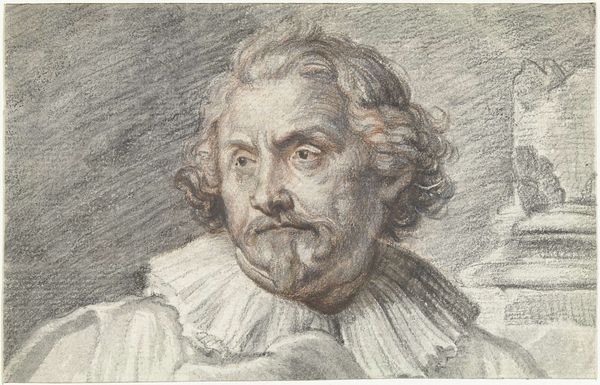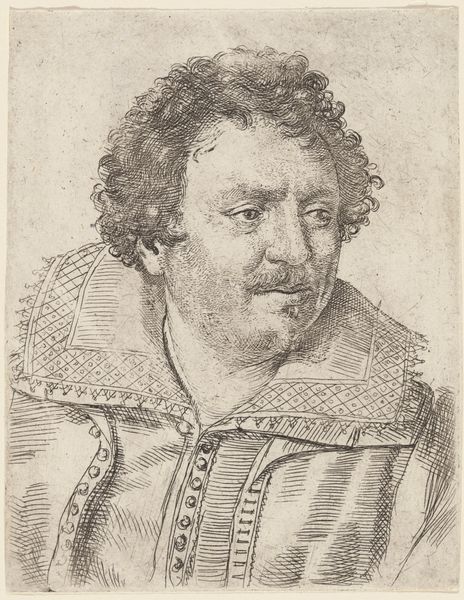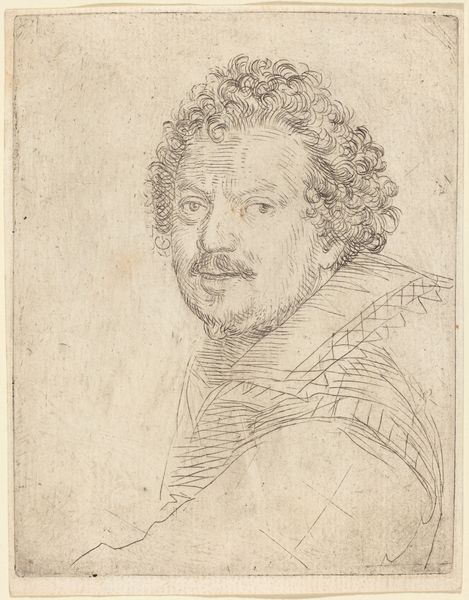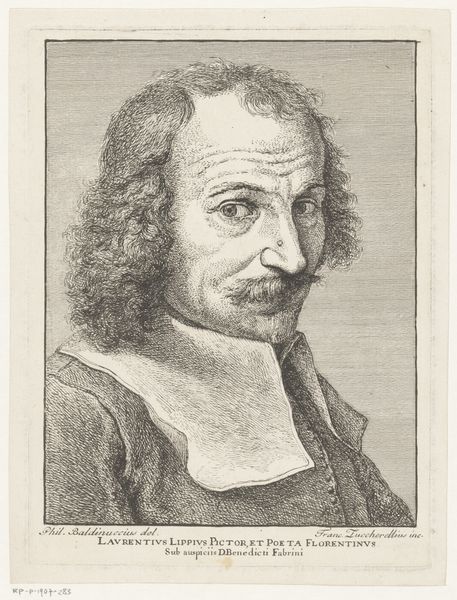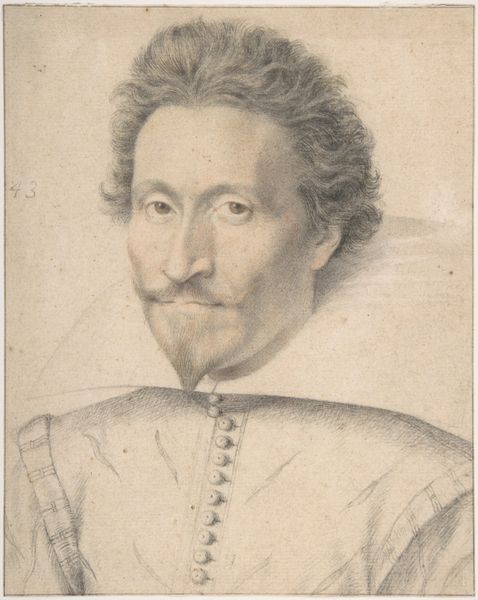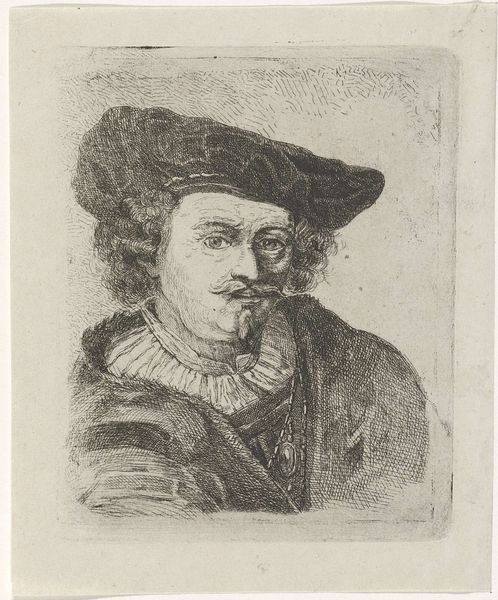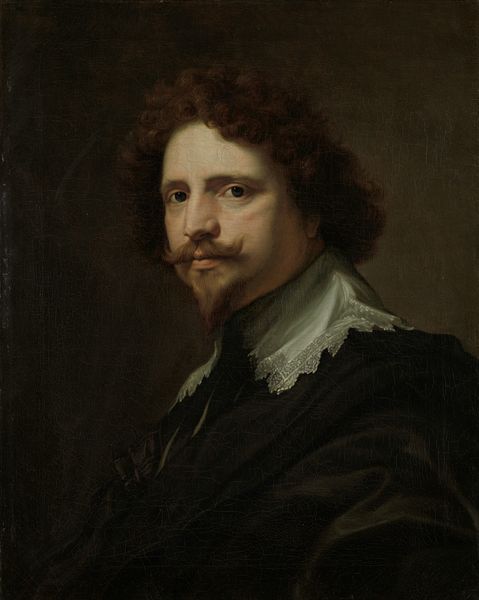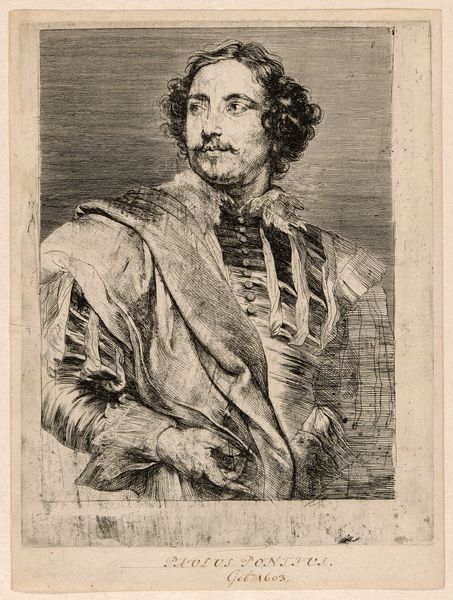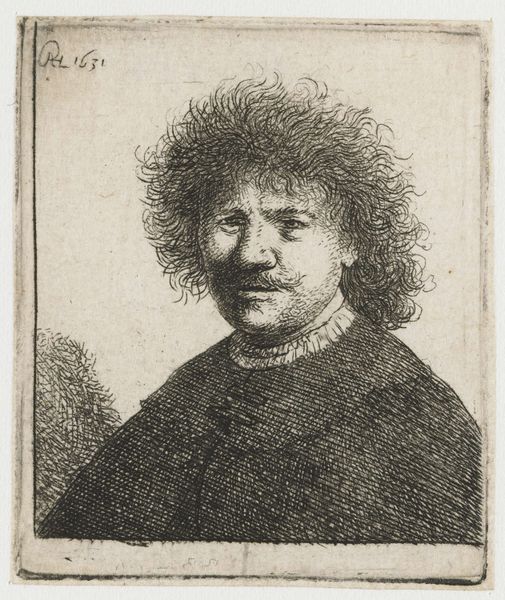
drawing, coloured-pencil, pencil, chalk
#
portrait
#
drawing
#
netherlandish
#
facial expression drawing
#
coloured-pencil
#
11_renaissance
#
portrait reference
#
portrait head and shoulder
#
pencil
#
13_16th-century
#
chalk
#
animal drawing portrait
#
portrait drawing
#
facial study
#
facial portrait
#
northern-renaissance
#
portrait art
#
fine art portrait
#
digital portrait
Copyright: Public Domain
Hendrick Goltzius created this drawing of Gillis van Breen in the late 16th century with chalk and pen. Van Breen is depicted with an elaborate millstone collar. This fashion accessory of the European Renaissance initially began as a modest ruffle at the neckline of shirts and blouses. Over time, these ruffs grew exponentially, becoming status symbols for the wealthy. Similar to other circular motifs throughout art history, such as halos, mandalas, and wreaths, the ruff denoted high status and moral virtue. Looking back to antiquity, the circle has been a symbol of wholeness, eternity, and cyclical return, which suggests how deeply ingrained these symbols are in our collective consciousness. In this portrait, the ruff serves to frame the face, drawing attention to the subject's identity and character. This portrait of van Breen not only captures the likeness of a man, but engages us on a deeper level, echoing across time and culture.
Comments
stadelmuseum almost 2 years ago
⋮
According to an old memo, Gillis van Breen was Goltzius’s “art printer”; he probably played an important role in the artist’s workshop. The fact that Goltzius executed several portraits of van Breen in which he experimented in one way or another suggests that the two men were on friendly terms. The most well-known of these portraits is the chalk drawing in the Städel Museum collection. It is the earliest example of an entire series of large-scale coloured portrait drawings primarily of artists, executed by Goltzius in Holland and Italy in the period around 1590.
Join the conversation
Join millions of artists and users on Artera today and experience the ultimate creative platform.

